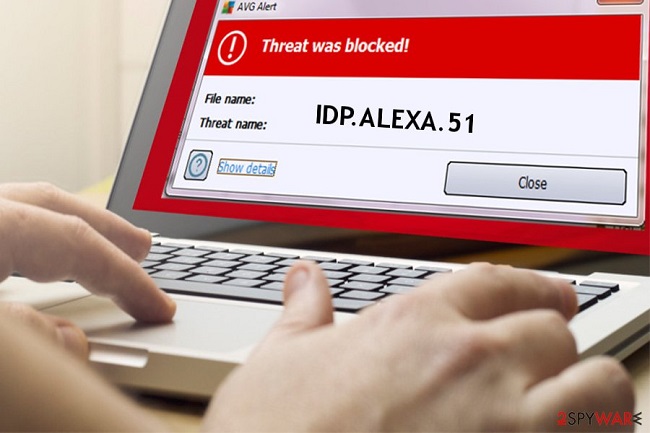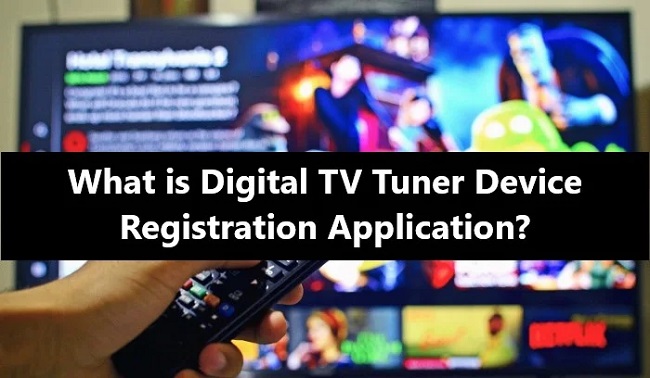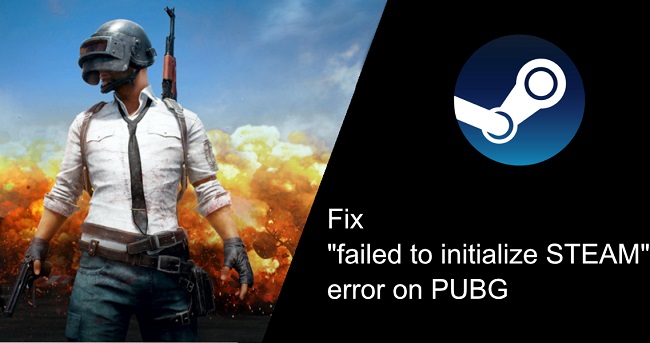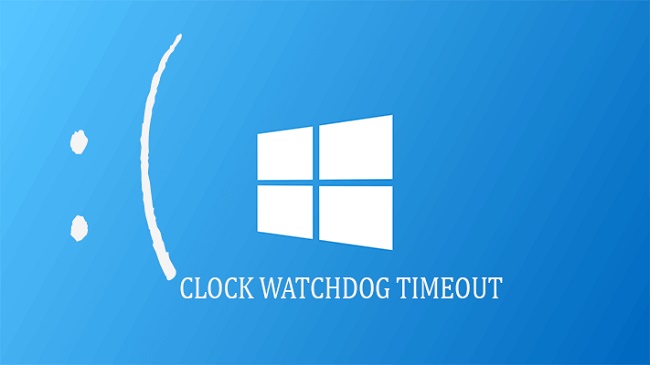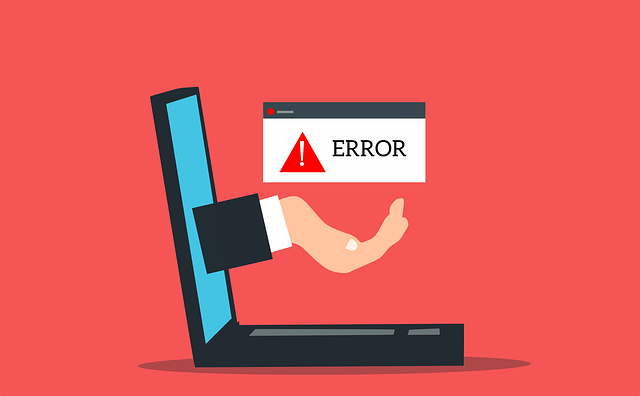Don’t be concerned! It’s a very common problem with NVIDIA graphics cards. The NVIDIA Control Panel Missing issue can appear in the Windows Control Panel or the desktop context menu.
Control Panel for NVIDIA Missing errors can obstruct your effort. But don’t worry, we’ve got an article right here to help you fix the NVIDIA Control Panel issue.
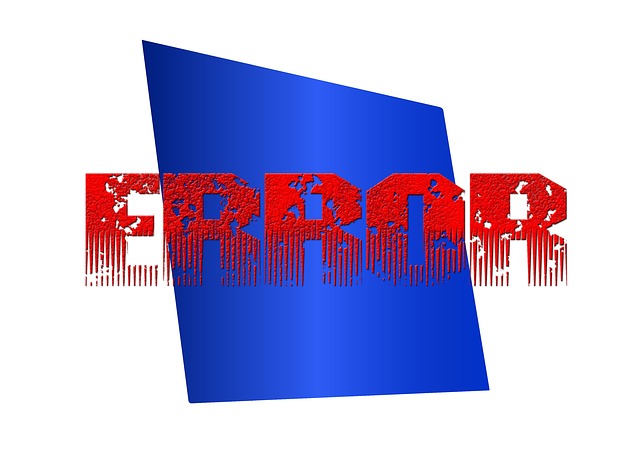
NVIDIA Control Panel Missing Error: What Does It Mean?
First and foremost, you must comprehend the nature of the NVIDIA Control Panel missing issue.
NVIDIA Graphics card users may get the missing NVIDIA Control Panel issue. The NVIDIA Control Panel is used to change specific graphics settings using the NVIDIA Graphics card. However, you may occasionally encounter the NVIDIA Control Panel missing issue, which can make your task difficult.
Read Also:
What Causes a Missing NVIDIA Control Panel Error?
The best solution is to solve any problem at its source. Thus, in order to resolve the NVIDIA Control Panel missing problem, you must first comprehend the cause of the error.
The following are some of the most common causes of the NVIDIA Control Panel missing error:
- Windows has recently received a security update.
- Incompatibility with the graphics driver.
- Graphics driver that is no longer supported.
- NVIDIA services have been corrupted.
- GPU overclocking, for example.
The NVIDIA Control Panel is a tool that allows you to change your graphics settings. NVIDIA has created a hardware control application. It’s difficult to change your NVIDIA graphics preferences without the NVIDIA Control Panel.
What Should You Do If The NVIDIA Control Panel is Missing?
We have five fast fixes for the NVIDIA Control Panel missing issue that you should try.
How Do I Fix a Missing NVIDIA Control Panel Error?
Take a look.
1. Uninstall The Graphics Driver
Reinstalling the graphics card driver may be beneficial if the NVIDIA GeForce Control Panel is missing due to driver incompatibility.
To uninstall and reinstall your NVIDIA graphics driver, follow the steps below:
Step 1 – To open the run command dialogue box, press the ‘windows’ key and ‘R’ at the same time.
Step 2 – In the run command dialogue box, type ‘devmgmt.msc’ and hit Enter.
Step 3 – The Device Manager window will appear. Expand the ‘display adapters’ option after that.
Step 4 – Right-click on the ‘NVIDIA driver’ and select ‘uninstall’ from the drop-down menu.
Step 5 – Restart your computer after the uninstalling is complete.
Step 6 – Next, go to NVIDIA’s website and search for a graphics driver that meets your needs.
Return to the NVIDIA control panel and look for it. If you’re still having trouble finding it, try the next method.
2. Unhide Your NVIDIA Control Panel
While upgrading to the current version, your system’s NVIDIA Control Panel may disappear. It could be buried as a result of a software application making an erroneous change to the graphics settings. You’ll need to unhide your NVIDIA control panel in this situation.
Unhide the NVIDIA control panel by following the steps below:
Step 1 – To begin, go to the start menu and manually launch the Control Panel. The run command dialogue box can also be used to open the control panel.
Step 2 – In the control panel, look for View by. Choose ‘Large icons’ from the category alongside.
Step 3 – Then, from the drop-down menu, choose ‘NVIDIA Control Panel’.
Step 4 – Then, at the top, select View or Desktop.
Step 5 – Select ‘Add Desktop Context Menu’ from the drop-down menu.
Return to the desktop context menu and look for your NVIDIA control panel. Try the following step if the NVIDIA control panel is still not visible.
3. Restart Your System’s NVIDIA Services
If the error is caused by corrupt NVIDIA services in your system, the most obvious solution is to restart the NVIDIA services. To restart the NVIDIA services in your computer system, follow the steps below:
Step 1 – To open the run command dialogue box, press the ‘windows’ key and ‘R’ at the same time.
Step 2 – In the run command dialogue box, type’services.msc’ and click Enter.
Step 3 – The Task Manager Services tab will appear. Then locate and select the ‘Open Services’ option.
Step 4 – Right-click’service’ and select ‘properties’ from the drop-down menu.
Step 5 – Next, go to the startup type and select ‘automatic’ if it isn’t already.
Step 6 – To discontinue the service, click the ‘Stop’ button and wait a few minutes.
Step 7 – After that, click ‘Start’ and confirm any dialogue boxes that may appear.
Return to the NVIDIA control panel and look for it. If the problem persists, move on to the next step.
4. Update Your System’s Graphics Driver
The missing NVIDIA GeForce Control Panel issue could be caused by an incompatible or outdated graphics driver. In this instance, make sure the graphics adapter is up to date and has the right driver.
NVIDIA’s Driver Downloads page makes it simple to find the suitable graphics card driver. Manually download and install the most appropriate and up-to-date driver.
Try the following step if the NVIDIA GeForce control panel is still absent.
5. Make Sure Your GPU Isn’t Overclocked
Another probable cause of the NVIDIA Control Panel missing issue is overclocking your GPU. Overclocking is a phenomenon in which you increase the frequency and speed of your CPU beyond the original settings, resulting in a significant performance improvement for your system.
However, proceed with caution since this technique has the potential to burn the entire computer system. The problem might be rectified if you go back to the original overclocking.
Changing the rate and frequency of your GPU to its regular condition, on the other hand, is dependent on the software that was used to overclock it in the first place. As a result, make sure you choose wisely.
Read Also:
Final Thoughts
Hopefully, one of the five ways listed above was successful in resolving the NVIDIA Control Panel missing problem and allowing you to use the CPanel.



